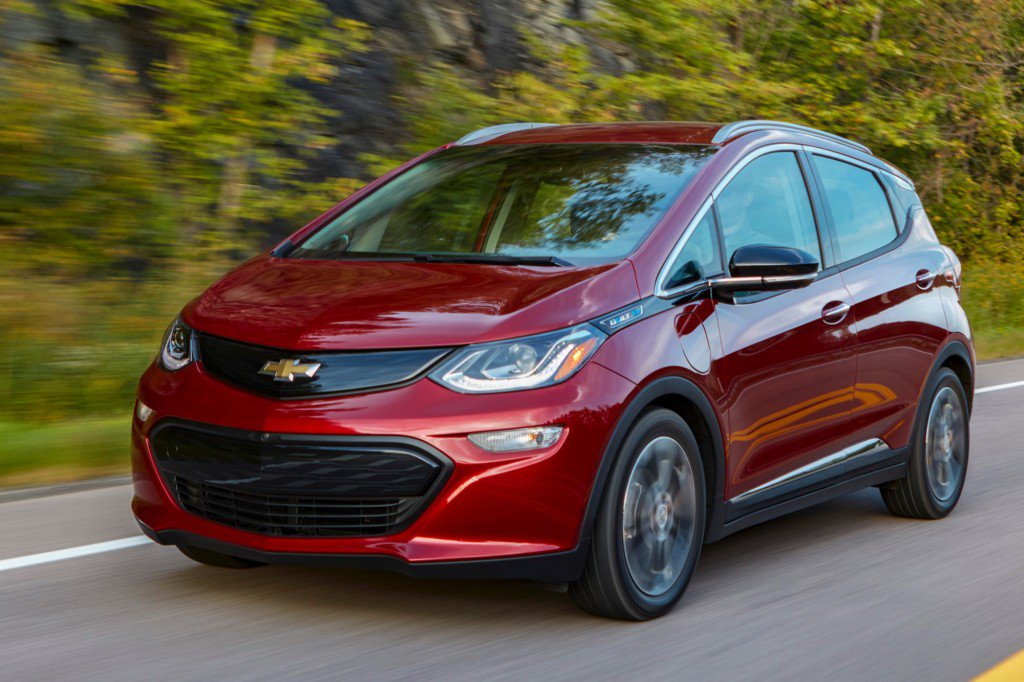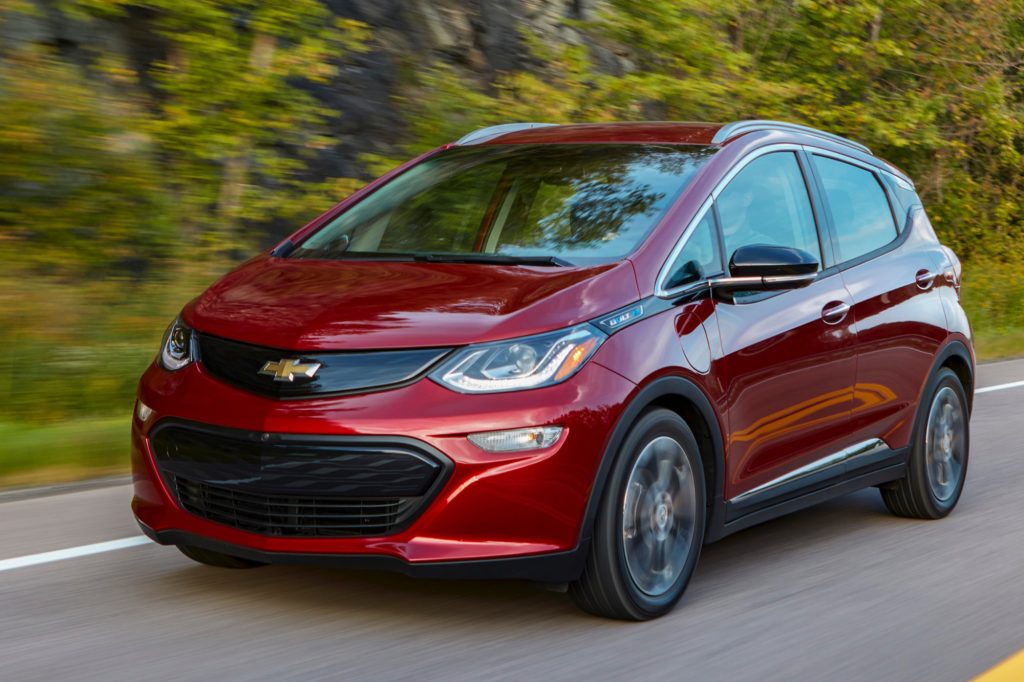In the early 1930s, General Motors rose to become the undisputed sales leader in the automotive industry thanks to the implementation of concepts like Alfred P. Sloan’s “ladder of success,” which established a clear pricing structure that was flexible enough to satisfy a wide variety of tastes and buying power, but without creating overlapping products and inter-brand competition. Over time, GM grew to become the biggest industrial enterprise in the world. But today, the automaker is no longer all things to all people, as acknowledged by CEO Mary Barra.
“There was a point in time where we were everywhere for everyone with everything,” Barra said in a recent interview with Bloomberg. “We had to say, ‘OK, where are we deploying capital that’s not generating appropriate returns?’ Once you start to believe in the science of global warming and look at the regulatory environment around the world, it becomes pretty clear that to win in the future, you’ve got to win” with EVs and autonomous technology, she said. “This is what we really believe is the future of transportation.”
Indeed, GM’s push into EVs and autonomous tech comes after the company has shed numerous brands over the last several decades. Back in the ‘90s, GM boasted more than 14 brands under its corporate umbrella. Today, that figure has dwindled to just eight.
| 1995 | 2011 | 2020 |
|---|---|---|
| Chevrolet | Chevrolet | Chevrolet |
| Cadillac | Cadillac | Cadillac |
| Buick | Buick | Buick |
| GMC | GMC | GMC |
| Pontiac | Holden | Holden |
| Saturn | Opel | Wuling |
| Hummer | Vauxhall | Baojun |
| Oldsmobile | Wuling | Maven |
| Opel | Baojun | |
| Vauxhall | Jiefang | |
| Holden | ||
| Wuling | ||
| Baojun | ||
| Saab |
This dwindling movement can also be seen in the GM product line, with models like Cruze, Impala, Volt, Verano, LaCrosse and several others getting the ax over the years in North America. The movement also applies to where GM sells its products, with The General pulling out of Europe back in 2017 while selling off Opel-Vauxhall to PSA Groupe, a withdrawal from South Africa, and a significantly reduced lineup in Russia and Southeast Asia.
Today, GM is essentially cherry-picking the segments where it sees the potential for profit. By comparison, the automaker was very much “everywhere for everyone with everything” at the height of its power.
The reasoning behind it all is clear – GM is playing the long game. The moves to consolidate, downsize, and lean out are intended to deliver a brighter future, or at least what GM thinks the future will be. As such, what we’re seeing now are vehicles from which GM can earn a profit that it will, in turn, invest to get to that future goal. The maneuvering is a means to that end.
So then, what exactly does GM see in its crystal ball? As the automaker has outlined in the past, General Motors clearly believes in a future with “Zero Crashes, Zero Emissions, Zero Congestion,” and that means ongoing investments into autonomous technology and EVs alike.
But in the process of working towards those goals, GM is taking away many of the products that make up the core of its business. Internal combustion cars are so far the only profitable vehicles GM currently makes, as the automaker is losing around $7,000 on every Chevrolet Bolt EV it sells. The other GM electrified effort, the Chevrolet Volt, is believed to have lost around $10,000 per vehicle.
And therein lies the conundrum: with EV adoption sitting around two percent in the United States and that figure not forecast to change significantly in the near-term future, GM’s move to shrink may look unnecessarily rash. But again, this is a longterm strategy that requires a significant amount of planning upfront to be properly executed down the road. Put another way, GM is cutting off a few toes right now in an effort to save the foot, and to eventually grow a whole new leg.
Subscribe to GM Authority for around-the-clock GM news coverage.



